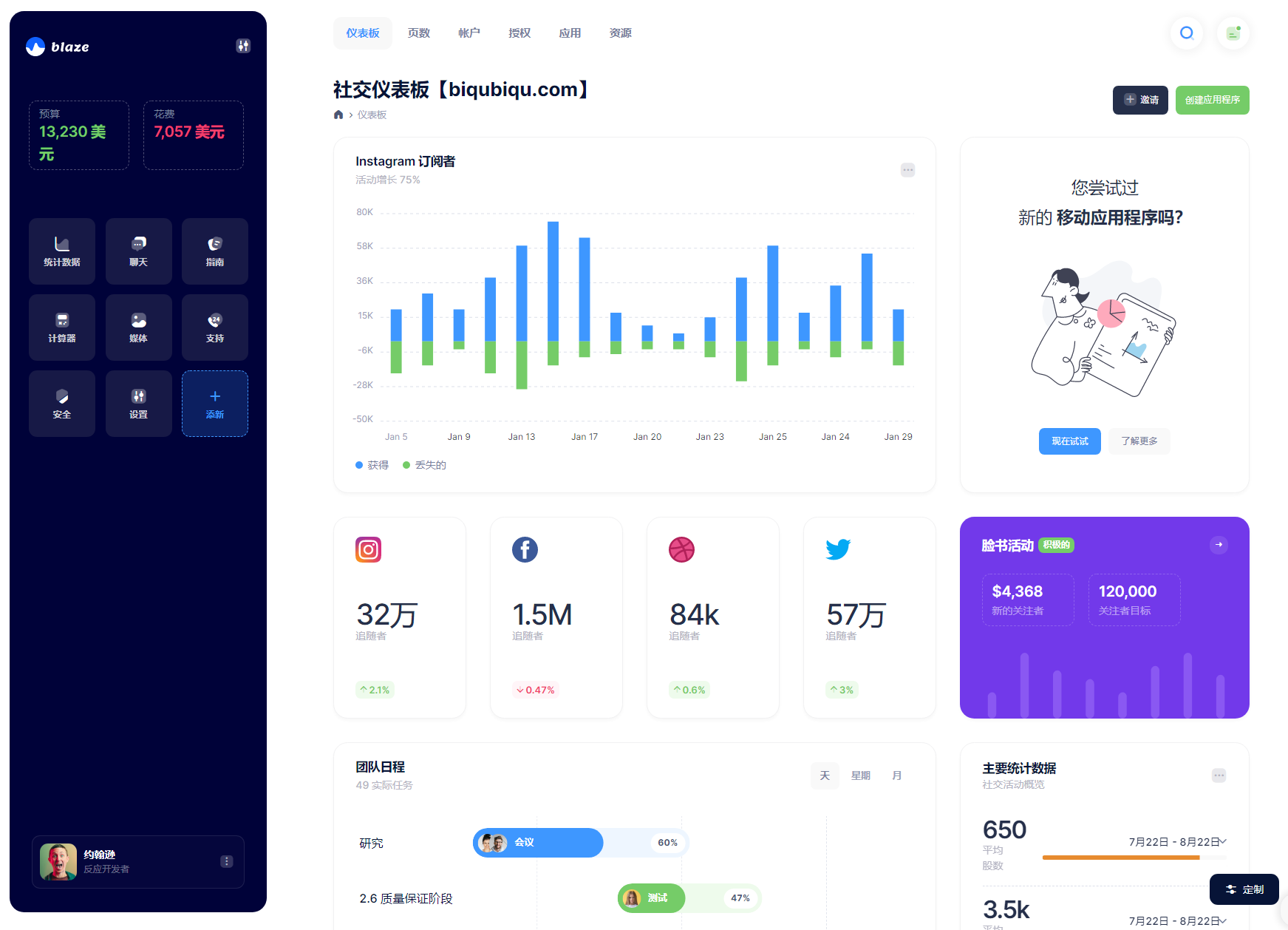The Benefits of a Data Plan for 3D Printing and Prototyping
The Benefits of a Data Plan for 3D Printing and Prototyping
Data is essential for 3D printing and prototyping. It is used to create the models that are printed, and to control the printers themselves. A data plan is a set of rules and procedures that govern how data is used and shared. A data plan can help to ensure that data is used efficiently and effectively, and that it is protected from unauthorized access.
Benefits of a Data Plan for 3D Printing and Prototyping
There are many benefits to using a data plan for 3D printing and prototyping. These benefits include:
Improved efficiency: A data plan can help to improve the efficiency of 3D printing and prototyping by automating tasks and streamlining processes. For example, a data plan can be used to automatically generate models from CAD files, and to schedule print jobs.
Reduced costs: A data plan can help to reduce the costs of 3D printing and prototyping by optimizing the use of materials and resources. For example, a data plan can be used to identify areas where material waste can be reduced, and to adjust print settings to minimize power consumption.
Improved quality: A data plan can help to improve the quality of 3D printed parts and prototypes by ensuring that the correct materials and settings are used. For example, a data plan can be used to track the properties of different materials, and to recommend the best settings for specific applications.
Enhanced security: A data plan can help to enhance the security of 3D printing and prototyping by protecting data from unauthorized access. For example, a data plan can be used to implement access control measures, and to encrypt sensitive data.
Improved collaboration: A data plan can help to improve collaboration among team members by providing a central repository for data. For example, a data plan can be used to store models, print jobs, and other relevant information. This information can be easily shared with team members, regardless of their location.
Components of a Data Plan for 3D Printing and Prototyping
A data plan for 3D printing and prototyping typically includes the following components:
Data collection: The data plan should define what data will be collected, and how it will be collected. For example, the data plan may specify that data will be collected from CAD files, print logs, and quality control reports.
Data storage: The data plan should define where data will be stored, and how it will be backed up. For example, the data plan may specify that data will be stored on a local server, or in a cloud-based repository.
Data access: The data plan should define who will have access to data, and under what conditions. For example, the data plan may specify that only authorized personnel will have access to sensitive data.
Data security: The data plan should define how data will be protected from unauthorized access, disclosure, or destruction. For example, the data plan may specify that data will be encrypted at rest and in transit.
Data sharing: The data plan should define how data will be shared with other parties. For example, the data plan may specify that data will be shared with suppliers, customers, or partners.
Implementing a Data Plan for 3D Printing and Prototyping
To implement a data plan for 3D printing and prototyping, the following steps should be taken:

Identify the stakeholders: The first step is to identify all of the stakeholders who will be affected by the data plan. This includes the people who will be using the data, the people who will be responsible for managing the data, and the people who will be responsible for securing the data.
Define the scope of the data plan: The next step is to define the scope of the data plan. This includes the types of data that will be covered by the plan, the locations where the data will be stored, and the people who will have access to the data.
Develop the data plan: Once the scope of the data plan has been defined, the plan itself can be developed. This involves identifying the specific requirements for data collection, storage, access, security, and sharing.
【4.】Implement the data plan: The final step is to implement the data plan. This involves putting the plan into action and monitoring its effectiveness. The data plan should be reviewed and updated regularly to ensure that it is still meeting the needs of the organization.
Conclusion
A data plan is essential for any organization that uses 3D printing and prototyping. A data plan can help to improve efficiency, reduce costs, improve quality, enhance security, and improve collaboration. By following the steps outlined in this article, organizations can develop and implement a data plan that meets their specific needs.
